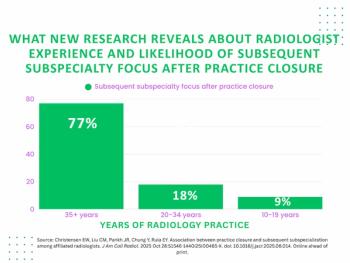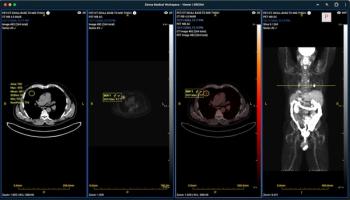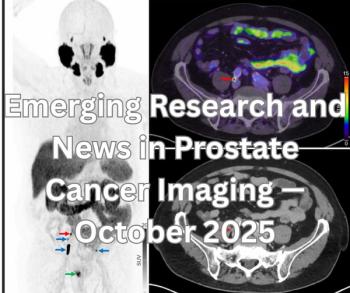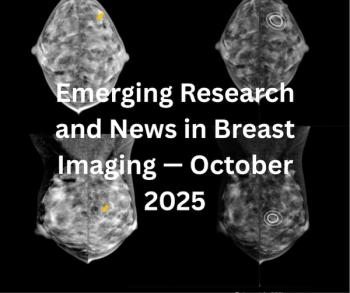
PET/MRI Outperforms PET/CT in Cancer Imaging
PET/MRI detects more lesions with less radiation, making it a great option for pediatric patients.
PET/MRI could change how radiologists stage certain cancers, as well as how they image children and young adults, outperforming PET/CT in a variety of ways, according to newly published research.
In a study published Sept. 17 in the
“Our results demonstrate the comparability and potential benefit of PET/MRI toward PET/CT, with an improved detection rate in selected cancers and an overall reduced radiation exposure, which may be particularly beneficial in pediatric and adolescent patients,” said the team led by Benedikt Schaarschmidt, M.D., professor and radiologist at the University Hospital Essen.
To date, PET/CT has been considered the gold standard when it comes to oncology imaging and staging because of its high sensitivity and high resolution. PET/MRI actually offers higher soft-tissue contrast with the lower exposure, but widespread use has been hindered because there have not yet been enough studies into its performance and benefits.
Schaarschmidt’s team set out to add to this body of knowledge. In a single-center observation study, the team examined 1,003 oncologic exams from 918 patients who had a variety of cancers, including lung cancer gastrointestinal cancer or neuroendocrine cancer, gynecologic or breast cancer, prostate cancer, lymphoma, melanoma, head and neck cancer, and cancer of unknown primary and malignant bone disease.
According to study details, all patients underwent whole body PET/CT from skull base to mid-thigh with 18F-FDG being the most commonly used tracer. Both low-dose and full-dose scans were conducted. Following those studies, patients also had whole-body PET/MRI scans from skull base to mid-thigh, and all received a macrocyclic gadolinium-based contrast agent.
Based on the analysis of these scans, conducted by board-certified nuclear medicine physicians and radiologists, the team determined that PET/MRI not only found more lesions, but the scan made classifying those lesions easier. In particular, 26.3 percent of PET/MRI scans found additional information not detected with PET/CT – 5.3 percent of which were malignant. Those findings led to a change in staging for 2.9 percent of cases. And, PET/MRI was able to provide definite lesion classification for 11.1 percent of indeterminate lesions picked up by PET/CT.
There were some spots where PET/MRI fell short, though, the team pointed out. PET/MRI missed 2.9 percent of lesions detected by PET/CT, 1.2 percent of which were malignant. This led to a change in staging in 0.5 percent of cases.
“Due to the higher soft tissue contrast, PET/MRI improves lesion detection and reduces the need for additional examinations in comparison to PET/CT,” Schaarschmidt said. “Especially in younger patients who need repeated diagnostic procedures, our data advocate the use of PET/MRI due to the markedly reduced radiation exposure of PET/MRI when compared to PET/CT."
It is that reduction in exposure that is perhaps the most significant advantage of PET/MRI over PET/CT, the team pointed out. According to the evaluations, the estimated mean effective dose for whole-body PET/CT was 17.6 +/- 8.7 mSv, but for PET/MRI, it was 3.6 +/- 1.4 mSv – a 79.6-percent drop in dose.
Although further work is needed to improve the detection of lung nodules with PET/MRI, the team said their results underscore the growing potential of hybrid imaging with oncology diagnostics.
“Hybrid imaging examinations are now part of complex diagnostic algorithms in multiple cancer type. Based on our data, PET/MRI could be an important adjunct to PET/CT by providing diagnostic advantages and improving diagnostic algorithms in numerous cancers at the same time,” he said. “Furthermore, the markedly reduced radiation exposure of PET/MRI could lead to a more frequent use of this examination in oncological patients, most notably for treatment monitoring.”
Newsletter
Stay at the forefront of radiology with the Diagnostic Imaging newsletter, delivering the latest news, clinical insights, and imaging advancements for today’s radiologists.






























